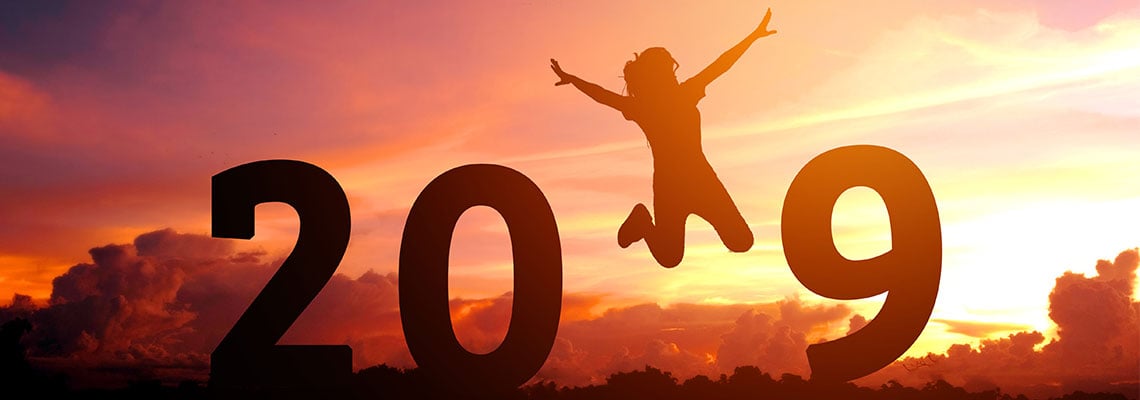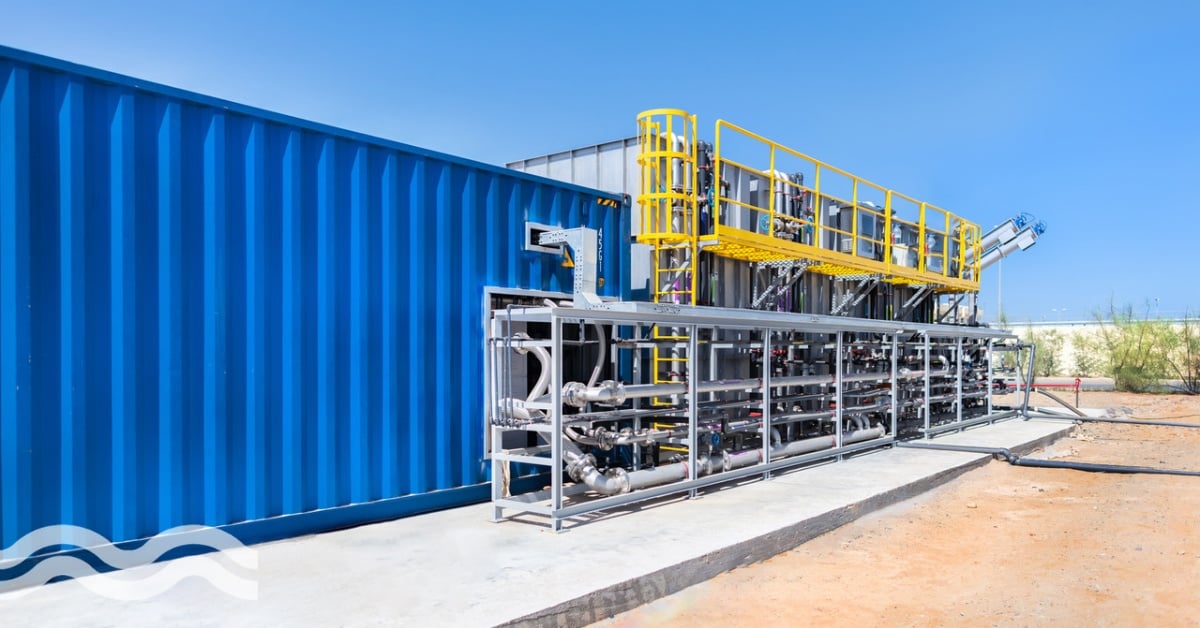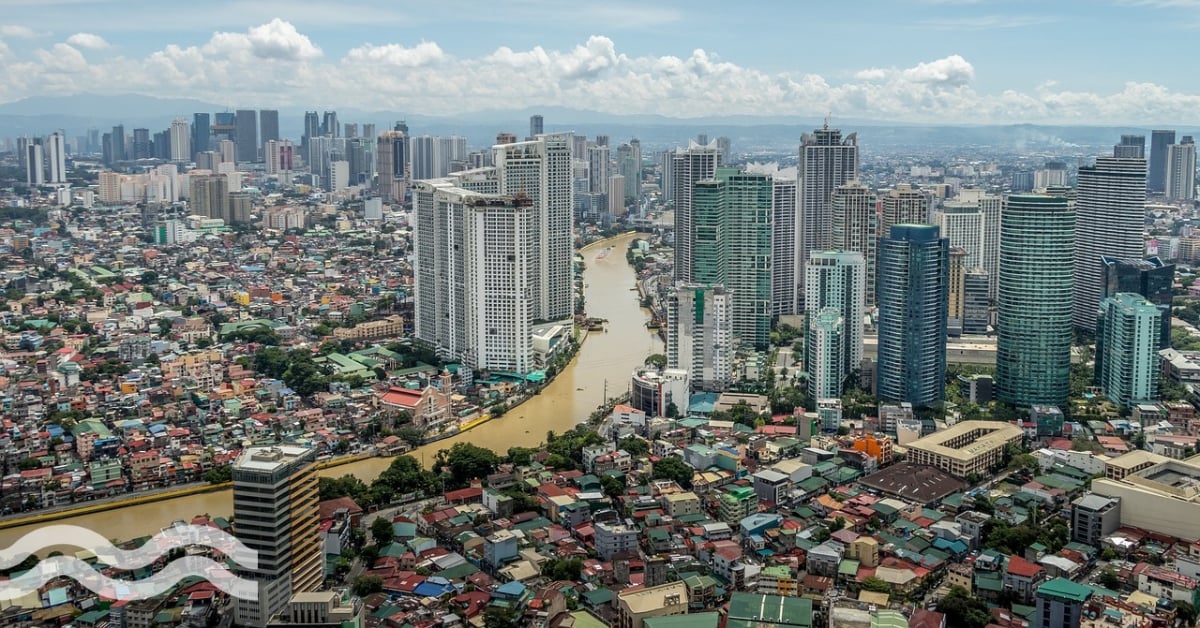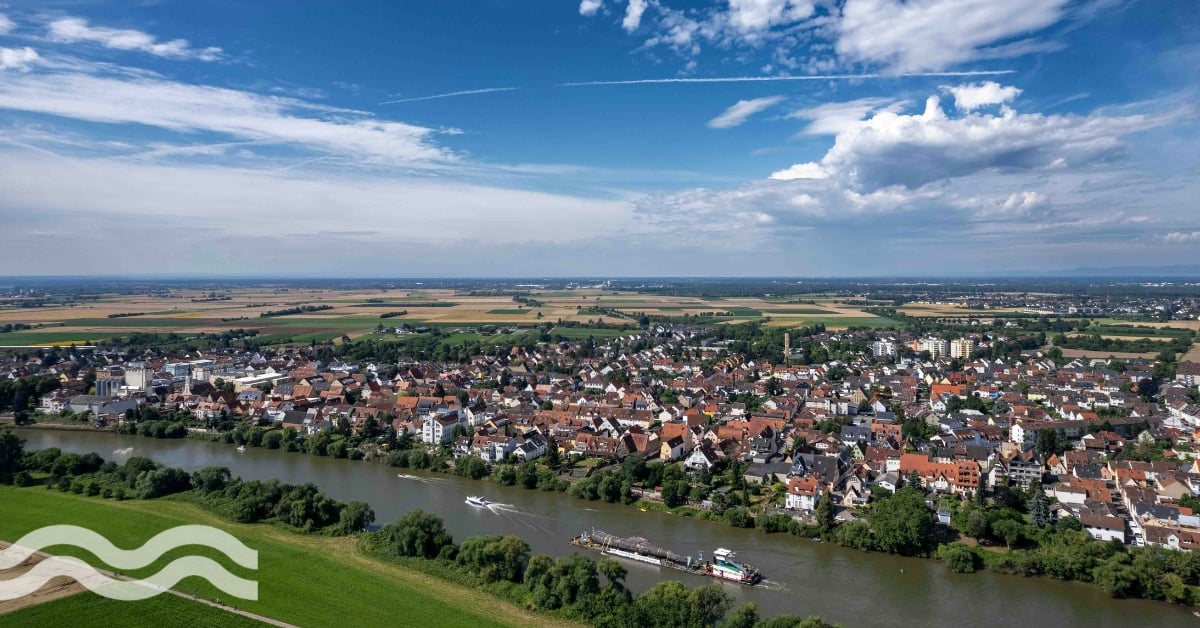What will 2019 hold for the global water market?
Despite kickstarting with Brexit uncertainty, 2019 promises to be another exciting year for the global water market.
From microplastics and smart networks, through to a golden era for wastewater in emerging countries, predictions for this year are both ambitious and exciting.
We speak to global water experts, from associations, to water utilities and engineering companies, to find out what they believe will be the biggest challenges and opportunities over the next 12 months.
Water industry trends 2019
The dawn of the digital water economy

Kala Vairavamoorthy, Executive Director, International Water Association (IWA)
Kala Vairavamoorthy, executive director at International Water Association (IWA), tells us that 2019 is the year zero to implement the new IWA strategy, drawing exceptional professionals from 130 countries, all working to address the world’s most urgent water challenges when and where they arise, from ridge to reef and from catchment to tap.
With increasing global change pressures cities of the future will experience difficulties in efficiently managing scarcer and less reliable water resources. In order to meet these challenges, there is a need for a fundamental change in the way we manage urban water based on a foundation of research, technology and innovation.
The new normal for all sectors, including the water sector is a low-carbon economy and water needs to play an active role in climate mitigation. The circular economy is key to decoupling economic group from water consumption, moving us away from the conventional ‘take-make-consume and dispose’ model of growth.
Against such mounting global pressures, the dawn of the digital water economy will prove transformational in positioning the water sector and its customers for resilience and efficient economic development, finding sustainable pathways for people and systems to persist, adapt, and transform in the face of change.
While challenging, global change also offers opportunities to implement a new paradigm for urban water management. This is particularly the case in emerging economies, where systems are yet to be built. Development plans will allow direct implementation of radically different system configurations: where surface water, groundwater and stormwater are combined as potential sources; where innovative solutions are applied that allow source separation of wastes and implementation of reclamation schemes (wastewater recycling, nutrient and energy recovery schemes); and where mixed land-use development promotes cascading water uses. The next 10 years will be a golden era for emerging economies (particularly for wastewater and sanitation), where the potential to leap-frog is great.
IWA is inspiring the international water sector to adopt a more smarter approach to water management; Smart by design –adaptive ‘off-grid’, distributed systems that provide diversity, and modularity, characteristics critical for resiliency; Smart Use; combining concepts of water fit for purpose (different grades for different uses), and resource recovery and reuse (of water, energy, and nutrients from wastewater); and Smart Control; IoT supporting data-driven models that can help integrate and optimise smart pumps, valves, sensors and actuators, each device can “talk” to each other, or for that matter to a customer’s smartphone and send real-time information to be access and shared via the cloud.
Navigating the digital bumpy road

Jan Gooijer, Innovation Manager, Vitens
According to Jan Gooijer, innovation manager at Vitens, two major trends will shape 2019 when it comes to digitalisation in the utility sector. We have seen many developments in data science, technology and sensoring in the past years. Therefore, there is a lot of evidence that data will revolutionise the way utilities operate. However, I think that 2019 will be a turning point in two ways.
First, I expect that 2019 will reveal a sharp division between utilities that will indeed transform through digitalisation, and utilities that will stay behind and are unable to follow.
The reason is that this transformation requires leadership. Digital leadership is not just another buzzword, but indeed key for success. Data driven is not just a beautiful vision: implementation is hard work and brings considerable challenges in budget, time and people. It requires allowing chaos to be part of the transformation and a clear vision of where the bumpy road needs to lead. That is a challenge to leadership skills that is new to a sector that has lived in comfort for so long.
The second trend that I observe is that data scientists will start to develop their own agenda within utilities. Until now, data science has solved many of the data issues colleagues bring up as if they are really data servants instead of data scientists. This will change for the simple reason that it is the only way to unlock the full potential of data and digital.
Only by allowing data scientists to, at least partly, set the agenda themselves, they will be able to lead us into the unknown land behind the horizon. There is a digital revolution going on and we need the experts to play their part in digital leadership if we are serious.
Microplastics and smart networks

Jon Brigg, Innovation Manager, Yorkshire Water
Looking ahead across 2019, Jon Brigg, innovation manager at Yorkshire Water, predicts that the emergence of microplastics is a concern we will be addressing collaboratively, especially our understanding on the impact and risk across Yorkshire Water’s operations. Furthermore, with last year’s variable and extreme weather (cold in spring and long hot summer) we are redoubling our efforts on resilience across water supply and distribution. This will be while working toward our ambitious targets to reduce leakage by 40 percent, pollution incidents by 40 percent and household flooding by 70 percent.
On the leakage side, Yorkshire Water deals with over 5000 leaks across our network each year, costing £19,000 per day to investigate and repair. We will also be following up on data from a partnership signed with Israeli company, Utilis. The recently trialled satellite technology managed to identify 44 leaks in Halifax and Keighley and saved 333,000 litres of water a day.
From an innovation point of view we are contributing to all of the above with significant investment into “smart” networks on both the drinking water and wastewater sides of the business. We will also be following through with our Integrated Resource System initiative at Esholt, Bradford. This is our second largest works treating wastewater from 750,000 customers and we are planning to create a dedicated testing environment here for new and emerging technologies.
Artificial intelligence possibilities

Amir Cahn, Executive Director, Smart Water Networks Forum (SWAN)
Amir Cahn, executive director of Smart Water Networks Forum (SWAN), tells us that they have witnessed the wide adoption of many new and exciting, data-driven solutions and innovative utility management strategies. Below, are three change agents, which will transform how water utilities meet their global water challenges in 2019.
DaaS gaining momentum: Through the Data-as-a-Service (DaaS) business model, a solution provider oversees the operation, service, and maintenance of a certain technology (e.g. a water quality sensor) while a utility only pays for the data it wishes to receive. Thus, utilities face no sunk costs for hardware, data collection, storage or support and gain more reliable and efficient processing. DaaS is now being successfully implemented in wastewater collection systems to detect water quality incidents, industrial pollution, and combined sewage overflows in real-time.
Expanding AI applications: Artificial intelligence (AI) offers water utilities new ways to find patterns and hidden insights to make informed, proactive decisions. Today, common AI water applications include pipe condition assessment, demand forecasting, energy optimisation, and predictive modelling. However, there are a wide range of other AI possibilities. For example, AI can now assist stormwater operators to reduce hours of CCTV pipeline inspection footage to a few minutes through automatic analysis. Virtual agents and chatbots can fully automate customer service and drones can even be trained to automatically identify asset defects and predict failures without interrupting operations.
Increased global collaboration: The technology solutions are here, with more and more cities realising the benefits of creating smart, resilient systems; however, global water stakeholders need to collaborate more effectively. Through regional SWAN Alliances in Europe, North America, Asia-Pacific, and India, global industry leaders are sharing their current challenges and best technology and management practices to advance the water sector.
Related content
Share your water technology stories with us
Do you have an innovation, research results or an other interesting topic you would like to share with the international water technology industry? The Aquatech website and social media channels are a great platform to showcase your stories!
Please contact our Sr Brand Marketing Manager Annelie Koomen.
Are you an Aquatech exhibitor?
Make sure you add your latest press releases to your Company Profile in the Exhibitor Portal for free exposure.
We promise never to send you spam and you can unsubscribe at any time!



